When you think of traditional Italian food, what comes to mind? Maybe the good ol’ spaghetti and meatballs or chicken parm?
Well, sorry to break it to you, but neither of those are authentic Italian foods. They’re Italian American foods, foods that Italian immigrants adapted from their traditional cuisine to suit American tastes.
Although Italian American food tastes good, if you’re interested in what authentic Italian food really is, check out the fun facts below.
1. Authentic Italian food is primarily vegetarian.
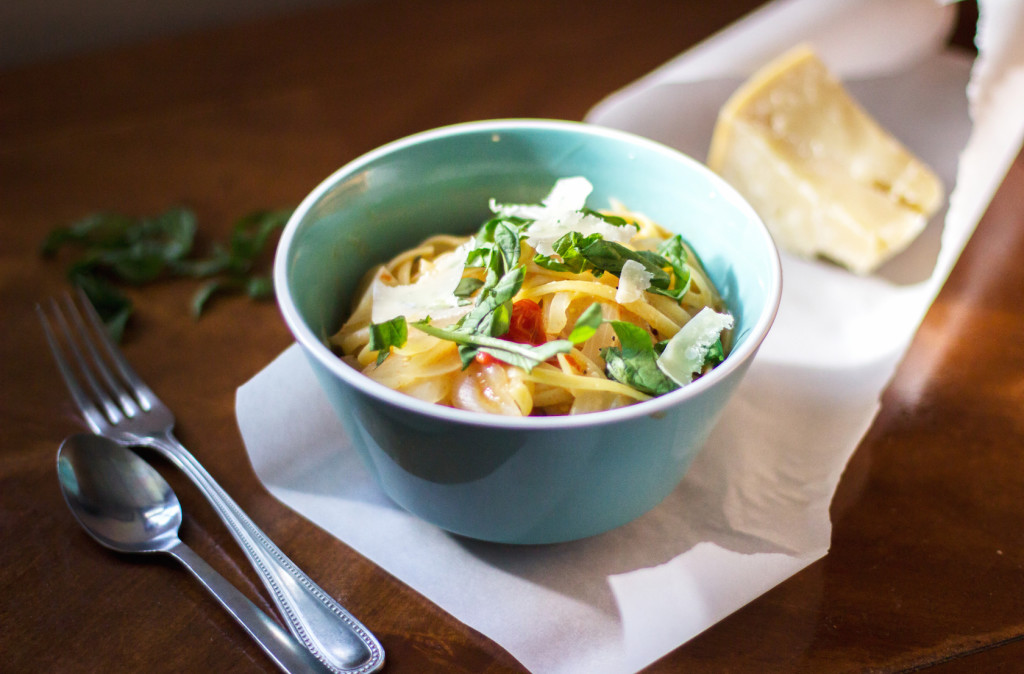
Photo by Abigail Wang
Wait, what? No veal parm, no meatballs? Yup.
Italy is on the Mediterranean coast, so the Italians, like the Greeks, ate a fruit and vegetable-heavy diet with minimal meat, though they did eat fish on occasion. This is now known as the “Mediterranean diet,” and has been reported to lengthen lives and can combat the development of Alzheimer’s disease.
2. Most Italians don’t use more than two tablespoons of pasta sauce.
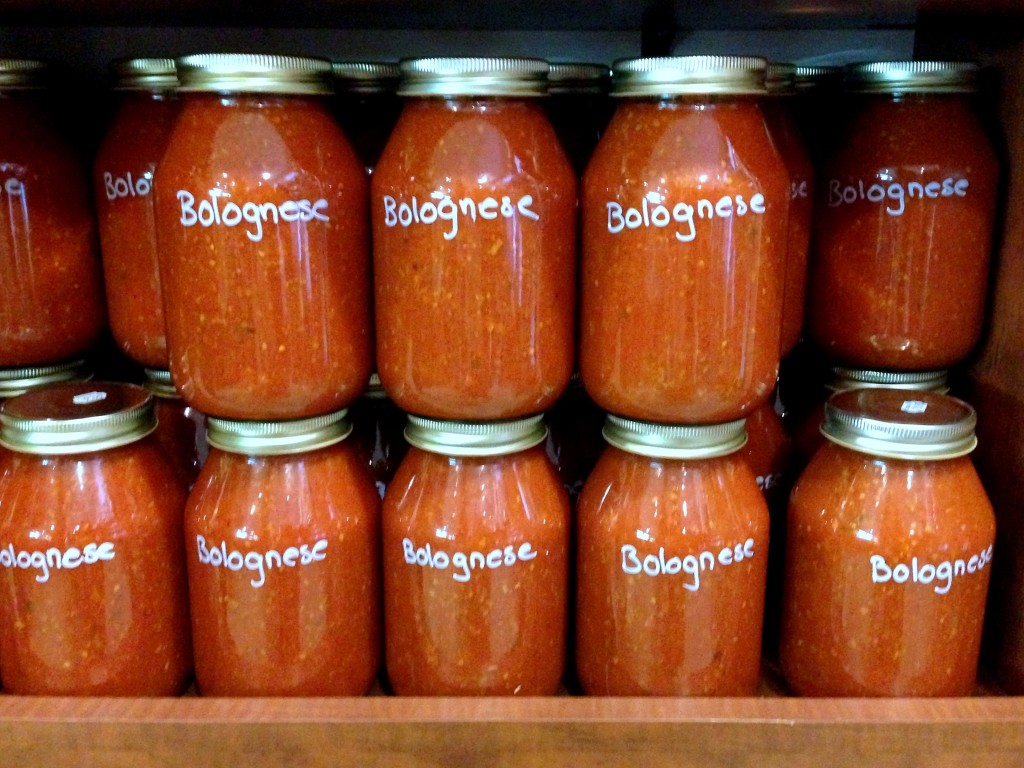
Photo by Nancy Chen
While Americans drench their pasta in sauce because they think pasta itself has no taste, Italians think the opposite. Pasta is not a vehicle for the sauce; the sauce is a complement to the pasta. They dab their sauce on, only mixing two to three tablespoons into a giant plate of pasta.
3. Italians don’t eat spaghetti and meatballs in the same dish.
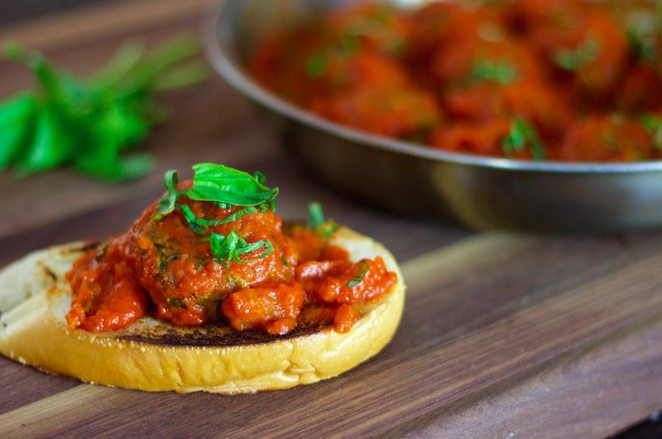
Photo by Rebecca Siminov
They’re eaten separately — meatballs are a dish, spaghetti is a dish.
#SpoonTip: If you walk into a restaurant and see that spaghetti and meatballs is listed as one of the main options on the menu, then you know it’s an Italian American restaurant, not an authentic Italian restaurant.
4. There is a heavy focus on the quality of the ingredients.
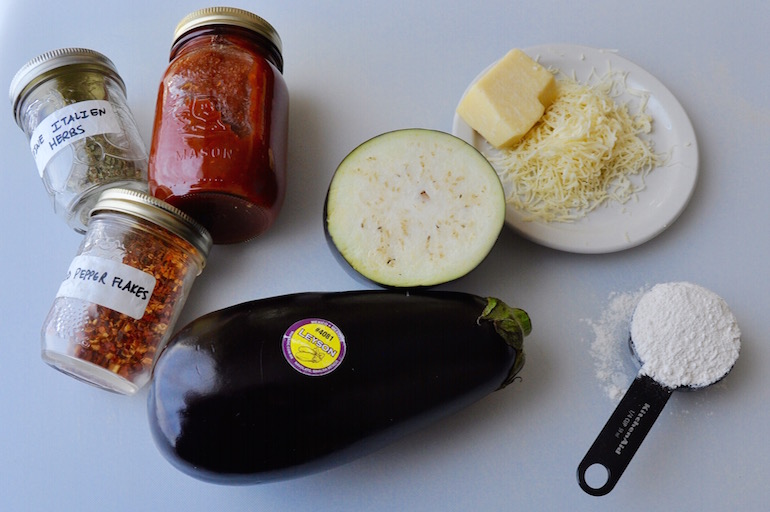
Photo by Helena Lin
Each dish is simple, with few ingredients, but Italians want you to be able to taste each one. The quality of the ingredients are thus very important; plus, they are big fans of the Slow Food Movement, which inherently can lead to better quality food.
5. Italians do have Nutella, but it’s different than American Nutella.
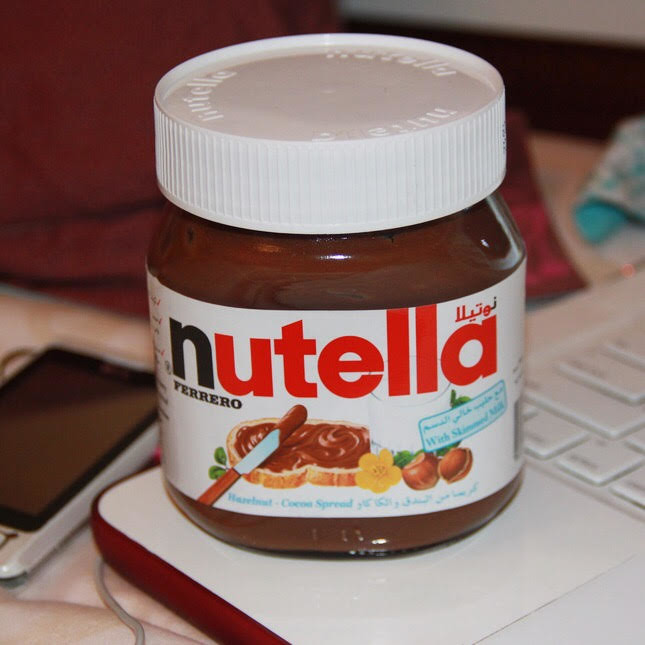
Photo by Rachel Chak
Americans like sweet things, so the American version has extra things added to the Italian version of Nutella: extra sugar and hydrogenated fats.
#SpoonTip: You can tell the difference by the jar it’s sold in — Italian Nutella is sold in glass jars, while American Nutella is sold in plastic jars.
6. Italian espresso has less caffeine than an American coffee.
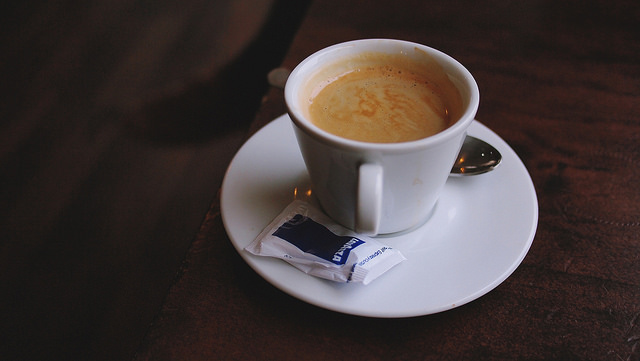
Photo courtesy of Epicantus on flickr.com
This is why Italians drink espresso at night or with dessert. There’s far less caffeine in an espresso than in your typical Starbucks coffee.
7. Italians are concerned about digestion, so they include something to settle their stomach in every meal.
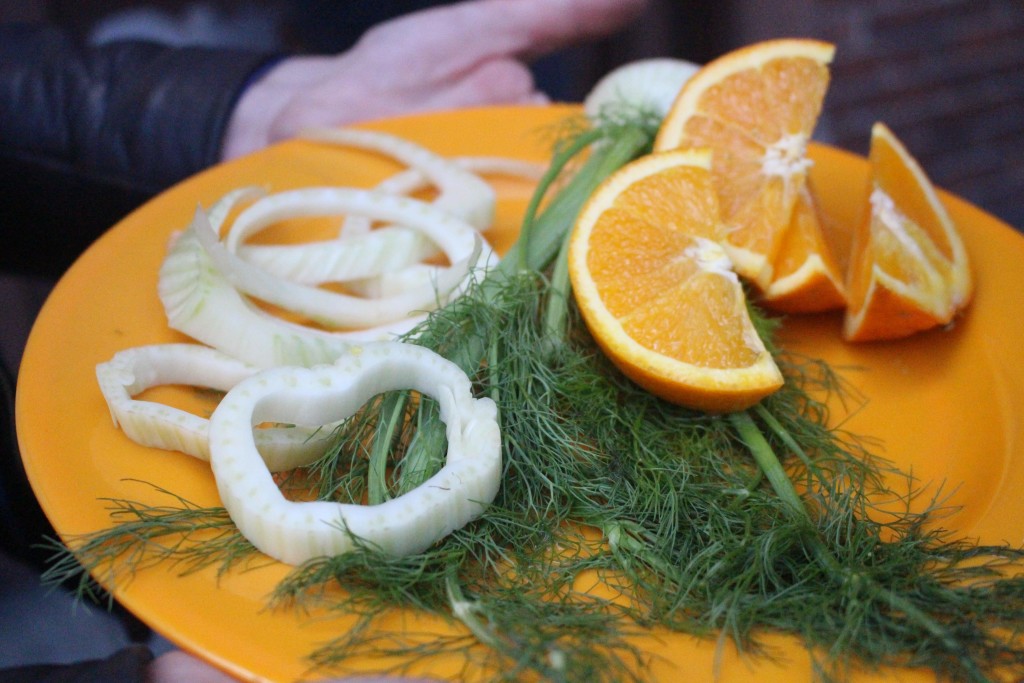
Photo by Angela Bersani
A good example of this is their use of fennel, licorice, and anise, which you can find in most Italian meals.
#SpoonTip: Our Italian food guide told us that fennel and orange are perfect together for a refreshing summer salad.
8. If you touch the produce at an Italian green grocer, they will yell at you.
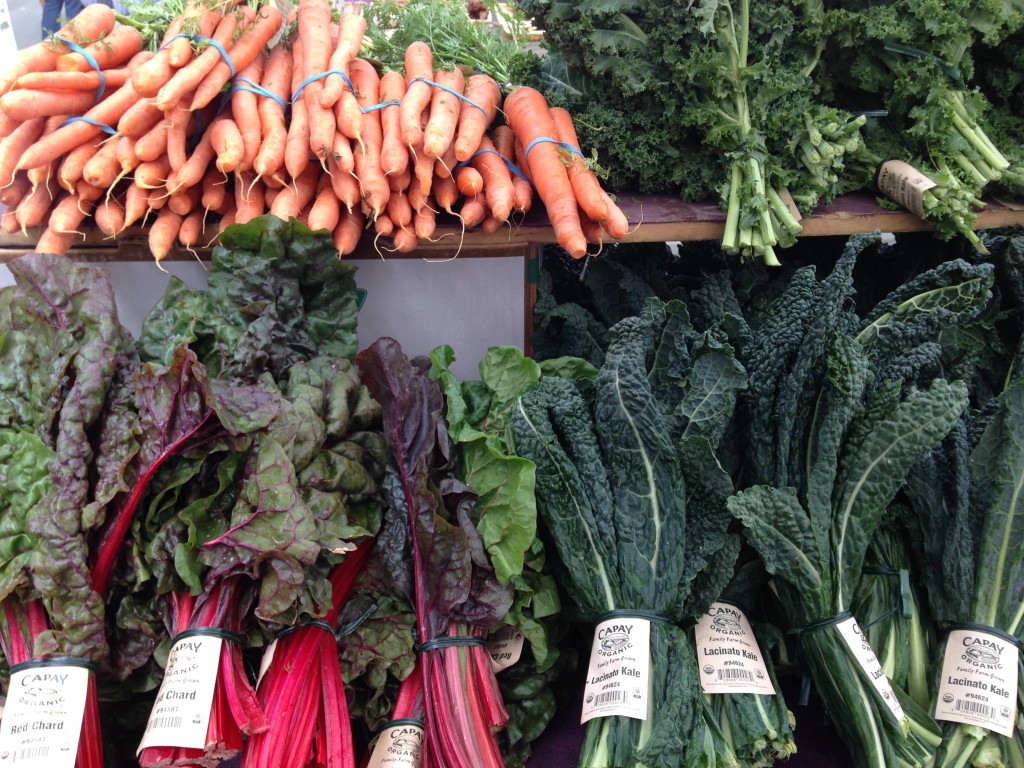
Photo by Nancy Chen
Unlike American grocery stores, where you pick up every piece of produce and examine it carefully, Italian markets and green grocers do not like their customers touching the produce. All the produce is assumed to be fresh and of good quality, so if you touch produce and put it back, be prepared to be yelled at.
9. Italians often have their dessert pastries in the middle of the day.
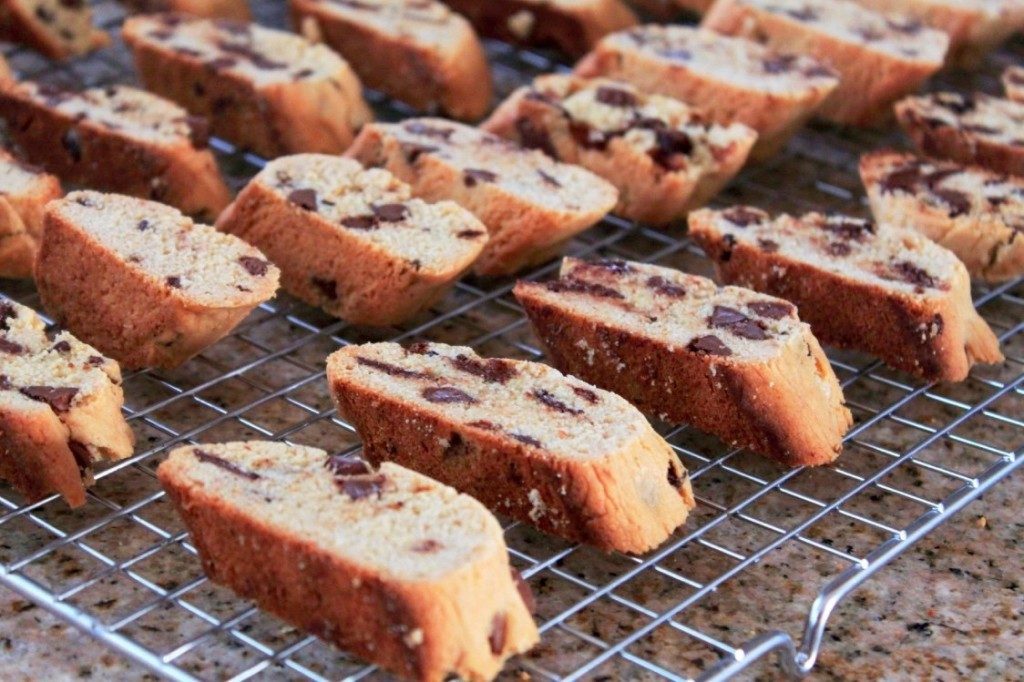
Photo by Sayuri Sekimitsu
Pastries like sfogliatelle (lobster tails) and guandi (fried egg dough pastry shaped like a glove topped with powdered sugar) are normally eaten during the daytime. Italians prefer to have cakes, gelato, tiramisu, and other soft desserts after dinner.
#SpoonTip: Want to feel super Italian? Order your coffee after dessert. Most restaurants in Italy will not serve you coffee with your meal or dessert. Want a cappuccino? Order it before 11 am. Italians view it solely as a breakfast drink, and make fun of tourists that order it throughout the day!
10. Authentic balsamic can cost you upward of $100.
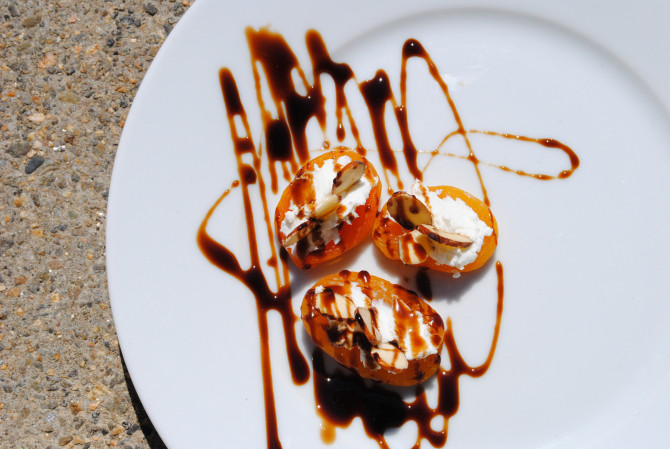
Photo by Aarthi Chezian
True balsamic isn’t the stuff you find at Trader Joe’s. It’s aged at least 12 years and is almost as thick as honey. Gold label balsamic can cost you $200, but you can also find authentic versions for cheaper (around $45-$50).
11. They eat prosciutto and other meats more often than pepperoni.
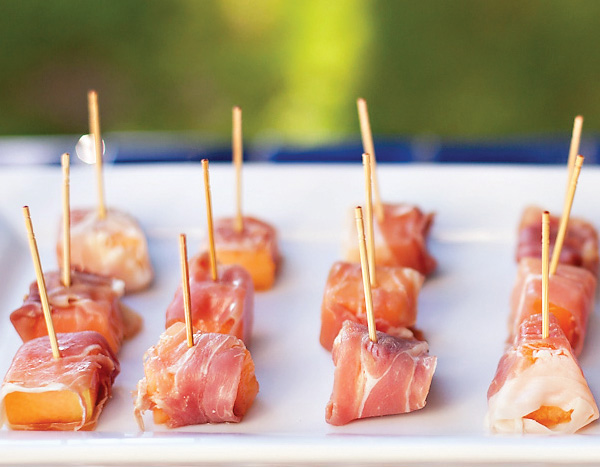
Photo by Spoon University
If you haven’t tried prosciutto (Italian ham), you’re missing out. You can add it to just about anything and it will taste amazing, but the easy and flavorful way to do it is simply to wrap a piece around a slice of cantaloupe and serve it as an appetizer, just like they do in Italy.
Information provided by Michele Topor’s Boston Food Tours.





